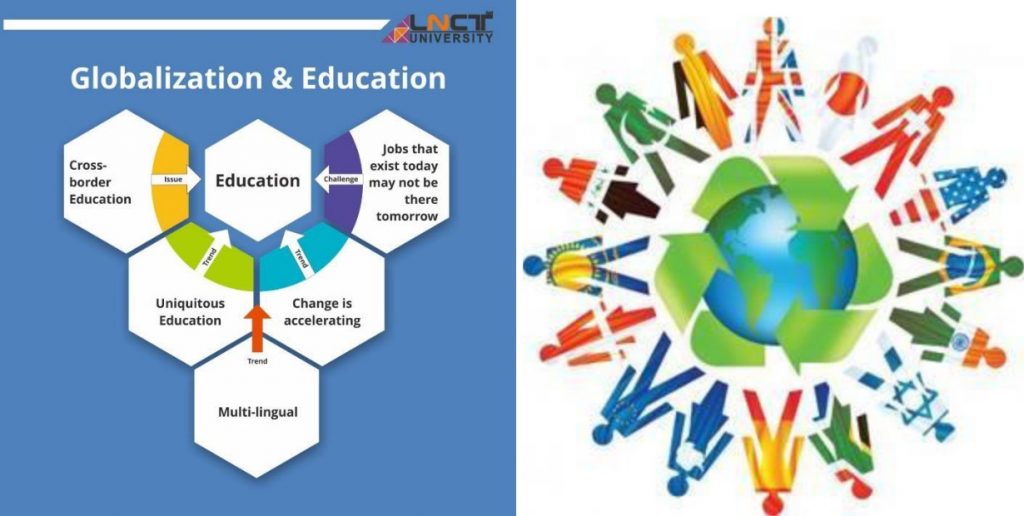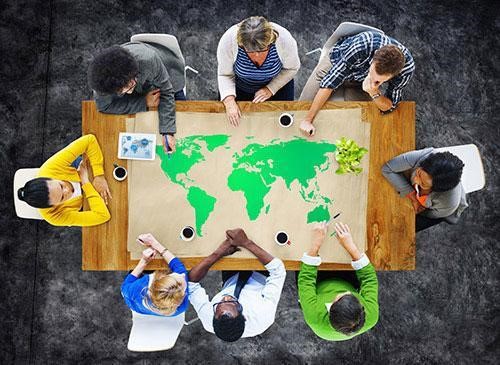Globalization is not a new word anymore. With the rise in information technology, falling trade barriers, liberalization, and continuous efforts of international organizations such as the United Nations, World Trade Organizations and the like; we have come a long way towards a highly interconnected, interdependent world economy. Some proponents of globalizations also posit that the world is becoming flatter. With similar multinational corporations (MNCs) entering & capturing markets in almost every country, the consumer choices for products & services are converging and are no longer culturally distinct. Critics, however, term this convergence as ‘McDonaldization’ of the world; which ultimately promotes capitalistic gains for corporations and influences consumerism & greed.

In the past few decades, it was observed that in the name of global standards and quality education, globalization has spread its wings to education. Education, which was once considered sacred, and long remained an indigenous way of developing human beings, was globalized. This trend was particularly seen in developing countries, which in their mad race to emulate developed countries, blindly replicated their education and business models. The focus of education then shifted from human quality development to preparing students for the job market in the name of Human Resource Development. This was a significant philosophical transition; humans were now treated as resources- land, labor, capital. Humans became resources and education became a commodity that can be sold and bought based on the job market demand-supply conditions; and thus began the journey of globalization of education.
Students, who were learners or disciples became consumers; and teachers or gurus into sales people with targets & performance metrics of student delightment. Educational institutions are now corporations selling educational products in the name of certificates and degrees. In the name of globalization, we lost the sanctity of guru-shishya parampara (teacher-learner sacred relationship) where the guru had complete dedication to the student for their welfare and in return, shishya had unquestioned devotion for the guru. Skill transfer from guru to shishya was a by-product of this trust-based relationship.

Educational institutions enter into the world of globalization and proceed to become more competitive. This leads to the commercialization and commoditization of education. Along with its changing role as a commodity of the market, quality education today has become accessible to only the financially sound ones. This widening of the education gap might also lead to income inequalities in the future. As the major formal authority of passing on the knowledge, the institutions feature in the theory of globalization prominently. The earliest forms of educational globalization included the spread of global religions such as that of Islam and Christianity and colonialism which mostly disrupted the initial forms of schooling, throughout the 19th and the 20th centuries. The globalized education system is more or less the integration and the application of education systems which are similar across the borders and later lead to the improved quality of education worldwide.
Let’s make an effort as an educator, a learner, a parent and a policy-maker to bring back the age-old system of learning, where education is worshiped and is not a business anymore!
